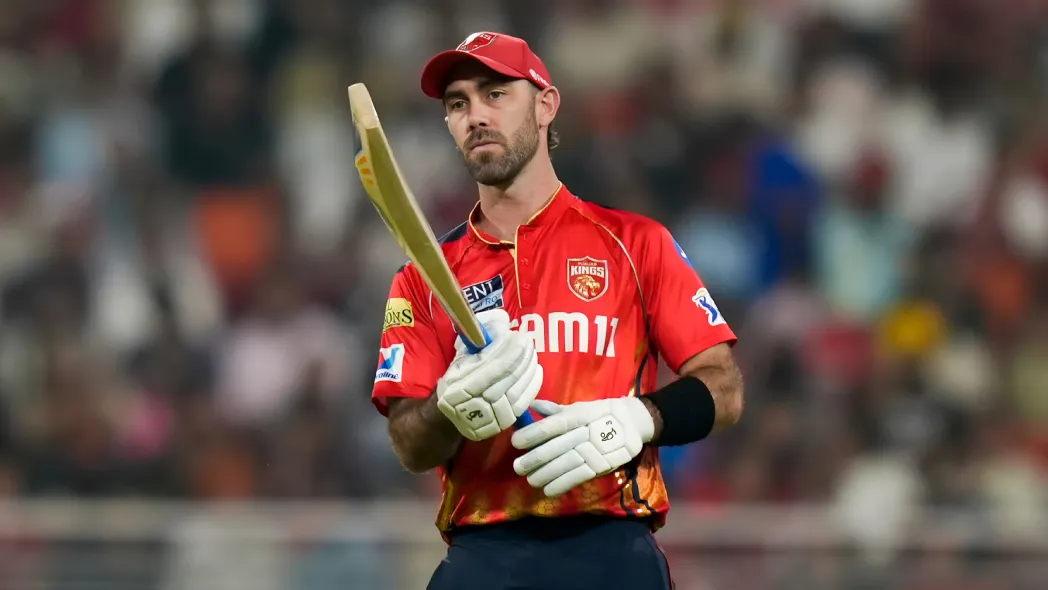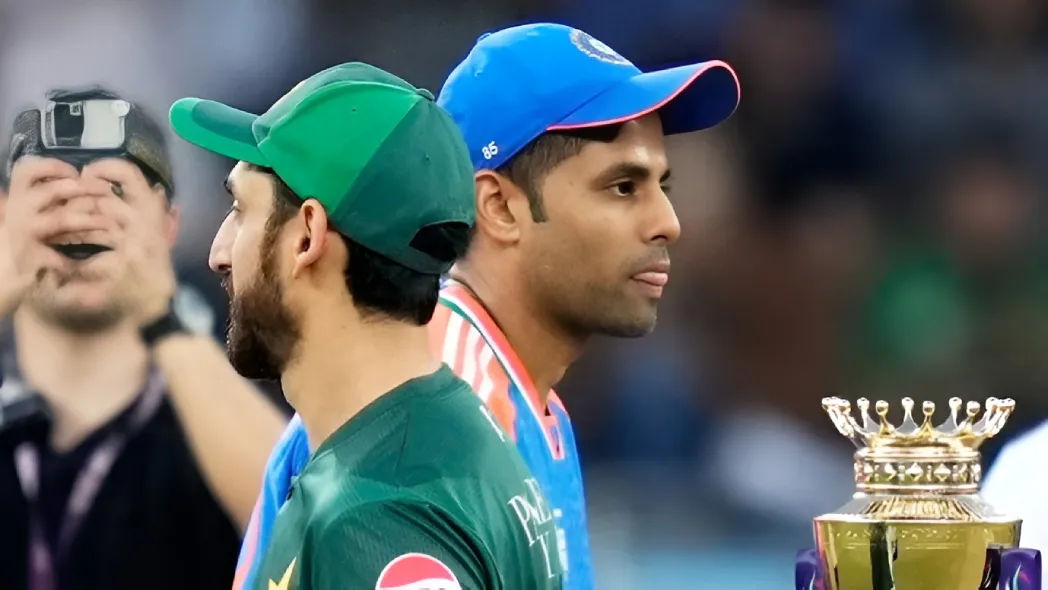For two decades, India at home was cricket’s most predictable headline: Opposition Arrives, Opposition Suffers, India Wins. From 2000 to 2023, losing in India required extraordinary bad luck, a collective batting meltdown, or a date with Shane Warne’s googly nightmares. And then suddenly, almost overnight, the fortress cracked. First, New Zealand swept them 3-0 in 2024, a result so unbelievable that even Kiwi fans refreshed the scorecard twice. Then came 2025: South Africa arrived, ignored all notions of “turning tracks,” and handed India a 0–2 defeat capped by a staggering 408-run humiliation in Guwahati.
So what exactly triggered this meltdown? And why do India’s worst home defeats suddenly feel like part of a larger pattern?
Australia Exposed Early Cracks in 2004
India’s 342-run defeat to Australia at Nagpur in 2004 wasn’t just a bad game; it was the first hint that even the great home side of the 2000s had its fault lines. Australia posted a sturdy 398, then India replied with a limp 185, where Mohammad Kaif’s stoic 55 felt like resistance from a different era. When Australia set a target of 543, the chase collapsed under its own disbelief.
The defeat didn’t spark a crisis back then, but it foreshadowed a consistent theme: when India’s batting malfunctions at home, the spiral is brutal. Virender Sehwag and Ajit Agarkar resisted in patches, but the gulf in application exposed a deeper issue: India’s dependence on conditions that favored their spinners and stroke makers.
South Africa’s Ruthless Blueprint in 2000
India’s loss at the 2000 Test in Bengaluru was much more than a mere home team loss; it was the first time a visiting nation had beaten India at home. In what was India’s innings-and-71 run loss to South Africa, they followed the classic South African model of discipline, patience, and relentless pressure. India was bowled out for 158 with Anil Kumble being the top scorer – never a good sign. Their 479 was more a slow asphyxiation than a rapid assault.
Azharuddin’s century in the second innings added gloss but changed nothing. The match became a blueprint later teams would try to replicate: attack India’s batting early, blunt their spinners with technique, and deny them momentum. It worked then and, notably, it’s working again now.
New Zealand’s Mumbai Miracle in 2024
At the Wankhede Stadium, chasing a target by 147 runs is typically a foregone conclusion; rarely does a team require anything but to merely show up to win. In 2024, however, a collapse for 121 in less than 30 overs resulted in a 3-0 series sweep for New Zealand and gave the feeling that the result was more akin to a glitch within the game of cricket as opposed to being purely luck-based. However, it would be inaccurate to say that this was simply luck. Rather, it revealed a larger structural problem in that New Zealand out-bowled India in each Test, and in doing so, exposed the unpleasant reality that India’s newer crop of batters had lost their mastery over playing at home.
This match symbolized something bigger: India had lost its aura. For the first time in 24 years, visiting teams began believing they could not just compete in India, they could dominate.
Kolkata 2025: Small Target, Big Failure
South Africa’s 30-run win in Kolkata was more painful than some of the larger defeats simply because the ask of 124 runs was small enough to whisper a routine chase. Instead, India folded for 93. It was the second-lowest target they’ve ever failed to chase at home.
Chasing small totals tests temperament more than technique. And this collapse showed a mental fragility that never existed in earlier eras. The pitch didn’t misbehave; India did.
Guwahati 2025: The Collapse That Captured a Crisis
And then came the Guwahati disaster: a 408-run defeat that underlined every concern of the past two years. South Africa’s 489 was imposing, but India’s 201 was a confession of their fading batting identity. Not enforcing the follow-on was an act of generosity; declaring at 260/5 was a courtesy. The chase? A hopeless pursuit ending at 140.
Five defeats in seven home Tests. Two straight whitewashes. And a batting lineup that now treats 200 like a mountain.
When Great Teams Hit Their Regression Point
India’s slump isn’t unprecedented. Australia’s 2018–2021 home wobble post-Smith-Warner scandal, England’s 2014 transition era, and even West Indies’ early-90s decline followed a similar pattern: foundational players retired, new batters never mastered home conditions, and opponents adapted faster.
The signs are classic:
- Dominant home streak ends abruptly
- Batting collapses become common
- Visiting teams arrive without fear
- The aura dissolves before anyone notices
India now stands at one of those historical crossroads.
India’s home dominance wasn’t built on magic; it was built on mastery of conditions, relentless batting depth, and spinners who turned home Tests into multi-day puzzles. Today, only the conditions remain; the mastery is missing.
The good news? Cricket history says teams bounce back once they acknowledge the decline. The bad news? Ignoring it accelerates the fall. The next 12 months will tell us everything: whether this is a temporary turbulence or the symbolic end of India’s greatest home era.
Key Takeaway
India’s home decline isn’t bad luck; it’s a structural batting and mentality breakdown.
FAQs
1. What caused India’s sudden home struggles?
A combination of inconsistent batting, mental lapses in small chases, and opponents adapting better to subcontinent conditions.
2. Why are teams suddenly beating India in India?
They’re neutralizing spin with technique and exploiting India’s fragile top order.
3. How can India rebuild from here?
By establishing a stable batting core, embracing patience, and rethinking home pitch strategies.
Disclaimer: This blog post reflects the author’s personal insights and analysis. Readers are encouraged to consider the perspectives shared and draw their own conclusions.
Step into the world of cricket with JeetBuzz News—where expert opinions, trending Blogs, and behind-the-scenes insights meet all your favorite topics. Stay informed, stay entertained, and never miss the stories shaping the cricketing world—only on JeetBuzz News!






























